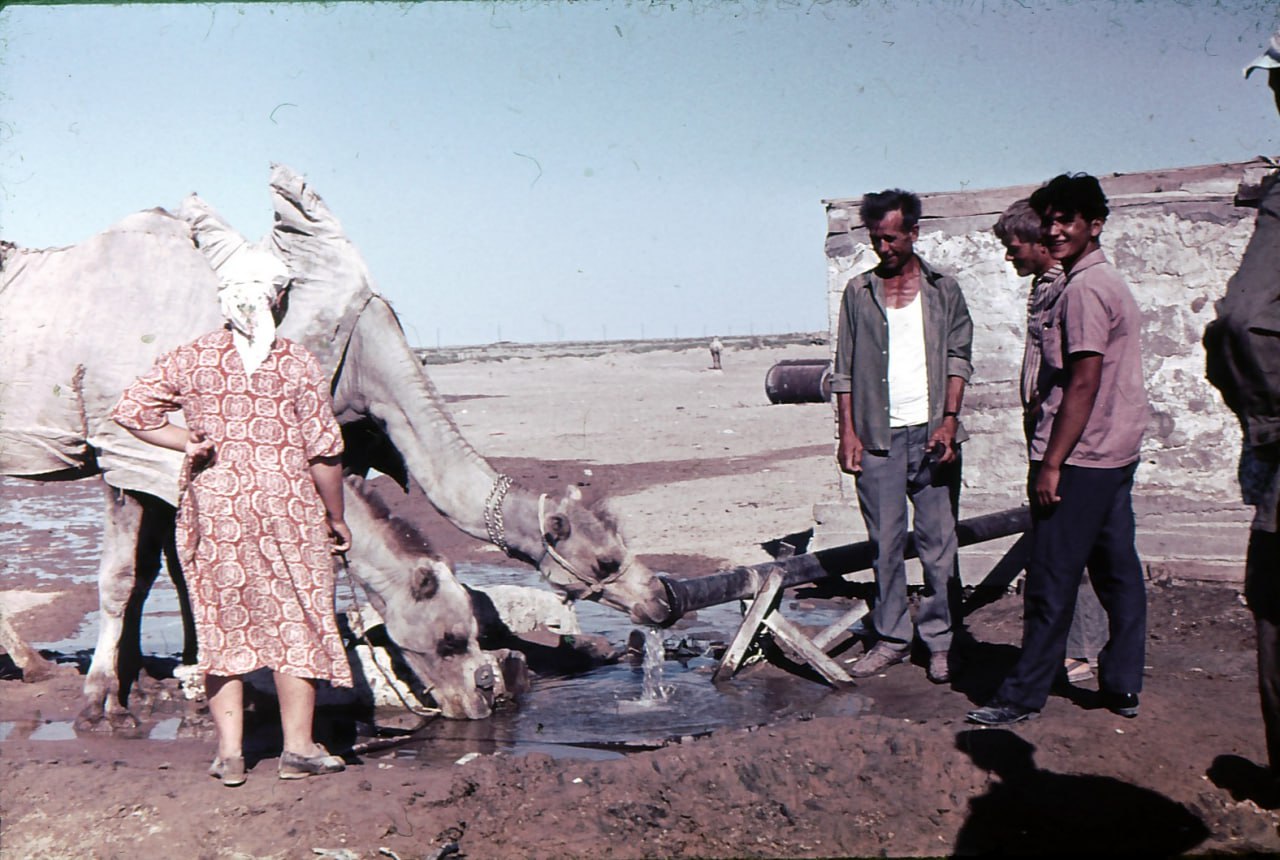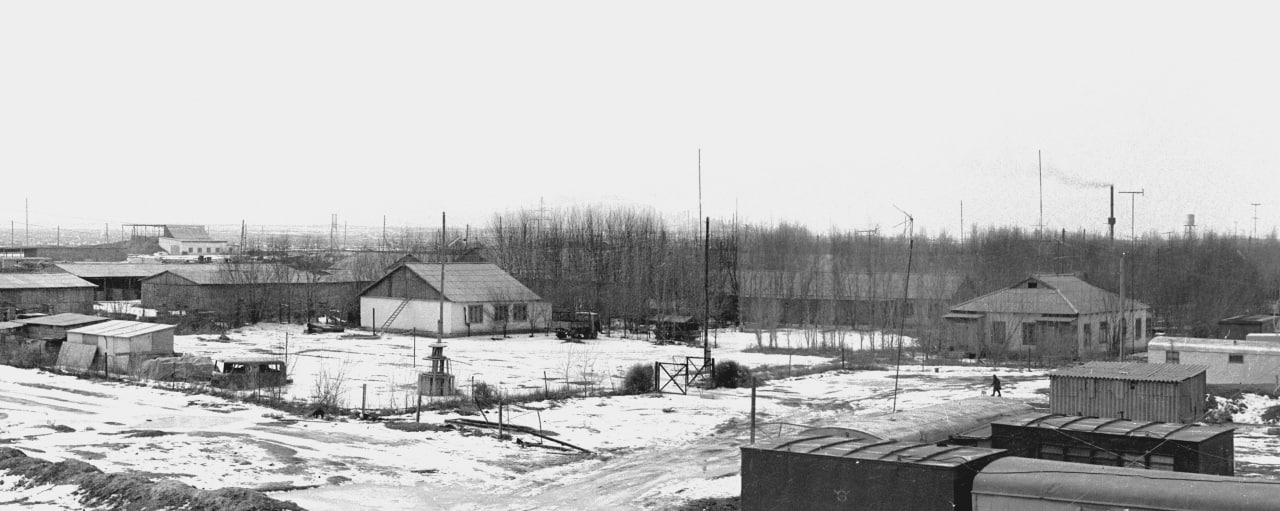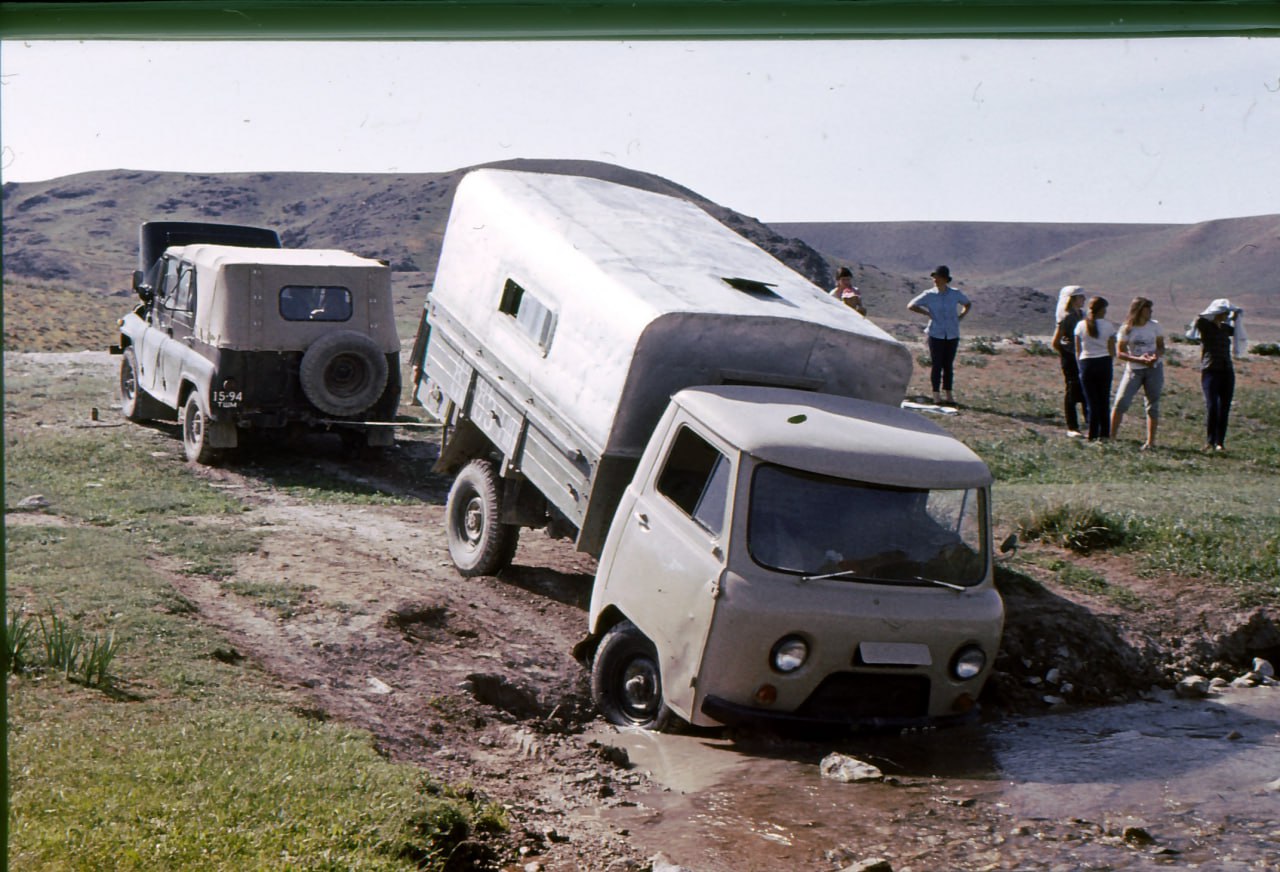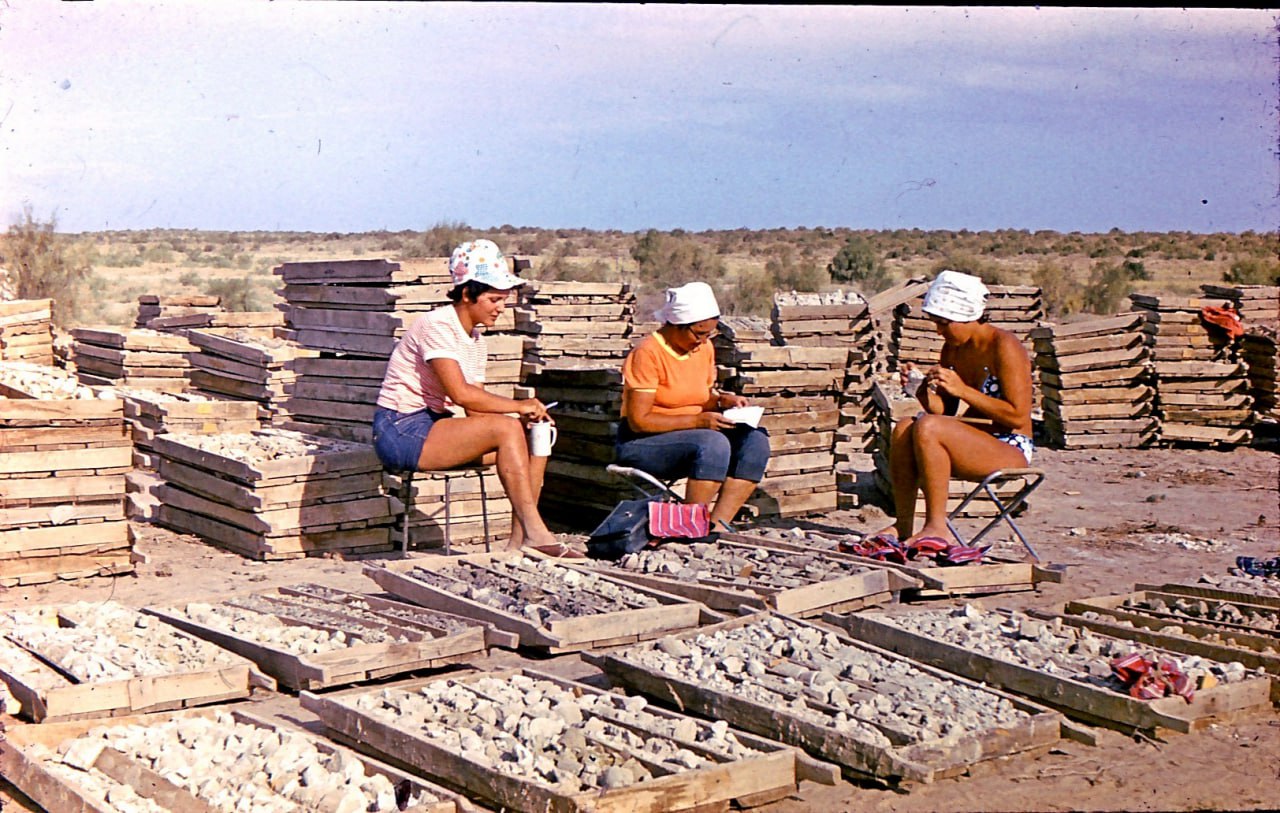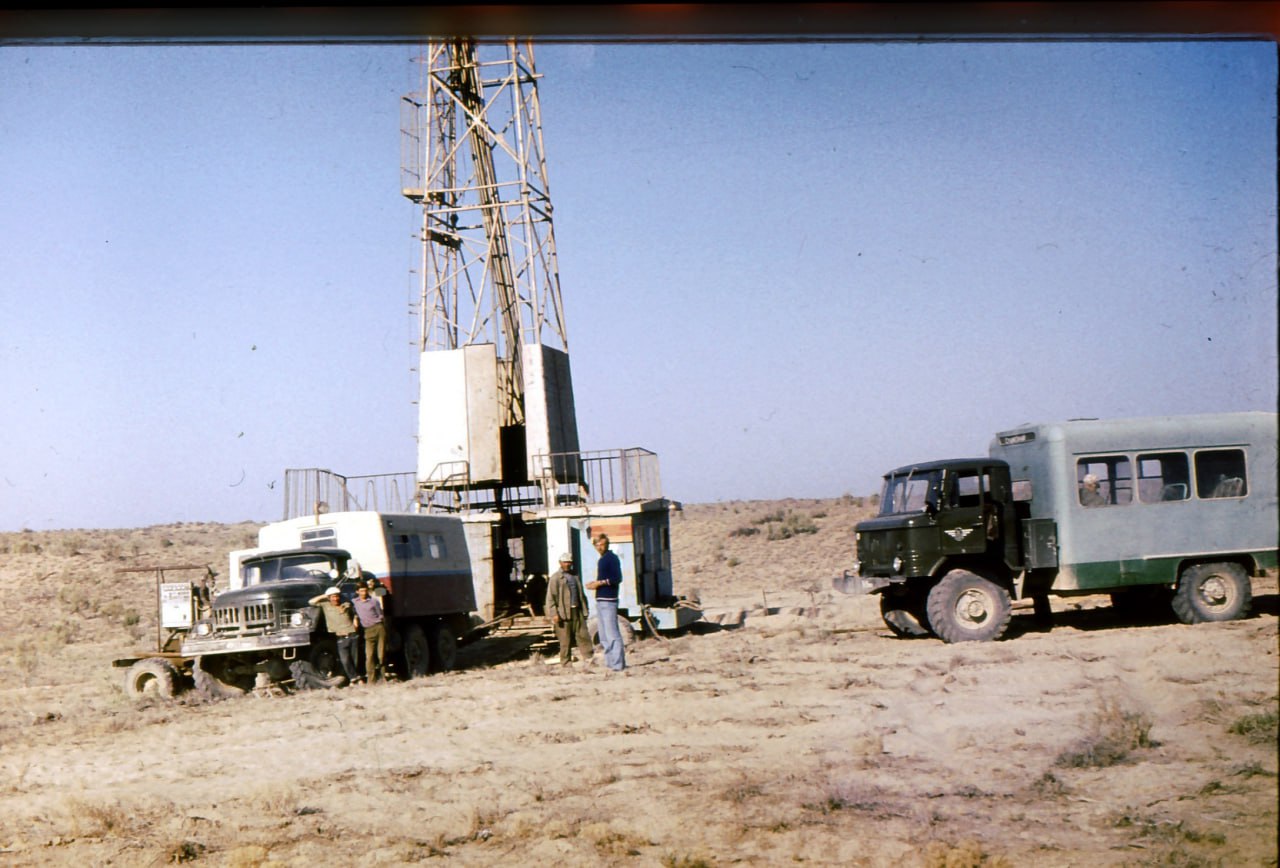
The main objective of the station's work was to improve the efficiency of prospecting and exploration works. In the difficult natural conditions of the desert, the station staff conducted successful scientific research, which had a significant impact on the development of the theory of hydrogenic ore formation, the development of methodological principles of uranium predictive metallogenic studies, and prospecting and exploration works. The work was also of great practical importance and contributed to the discovery of a number of large uranium deposits and the transformation of the Chu-Sarysu Depression into the largest uranium-ore province in the world.
The station was the center for solving scientific and practical problems of forecasting, prospecting and exploration of hydrogenic-type uranium deposits in the USSR, a place for scientific seminars and meetings of geologists from different cities and regions of the country.
During the work of the station four PhD theses were defended: A.V. Sumarokov, V.A. Shakhverdov, V.A. Vysotsky, I.V. Fedulov.
After the collapse of the USSR in 1992, the year-round research station finished its work and Kazakhstan became the world leader in terms of explored uranium reserves.

